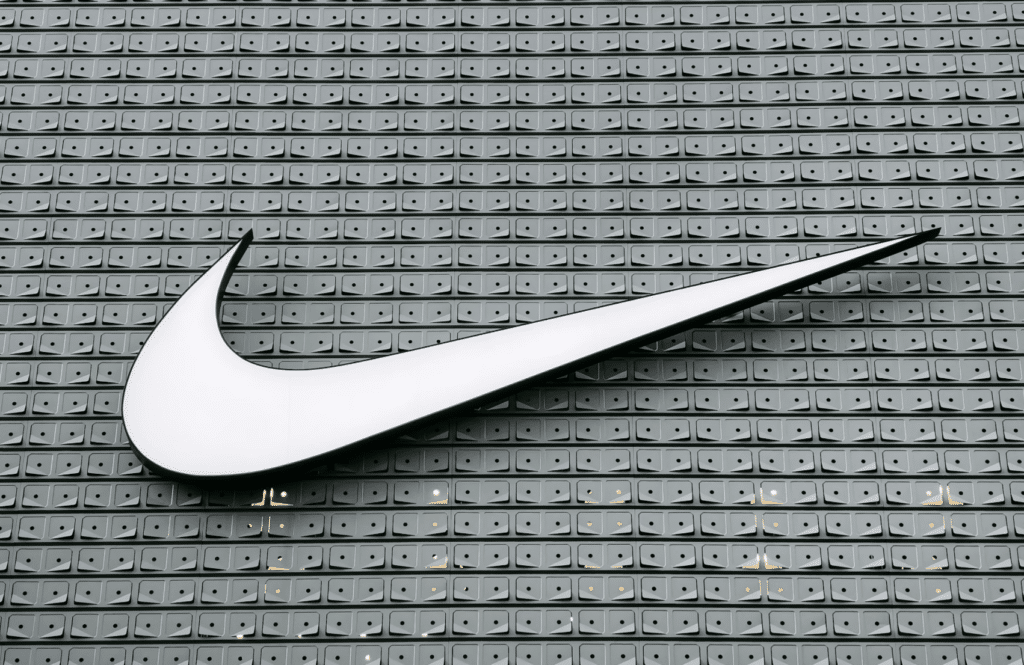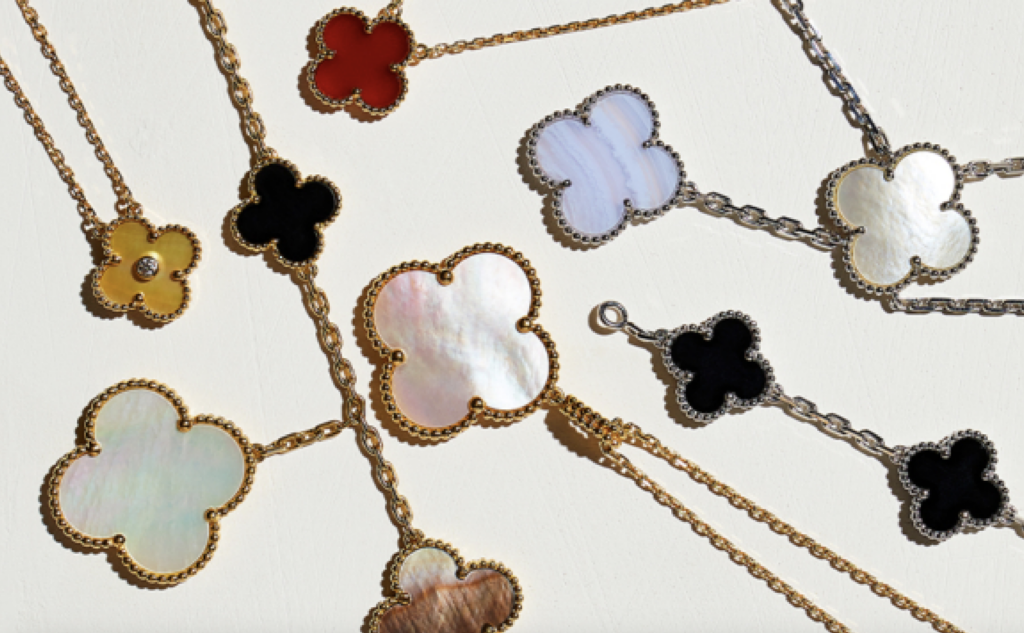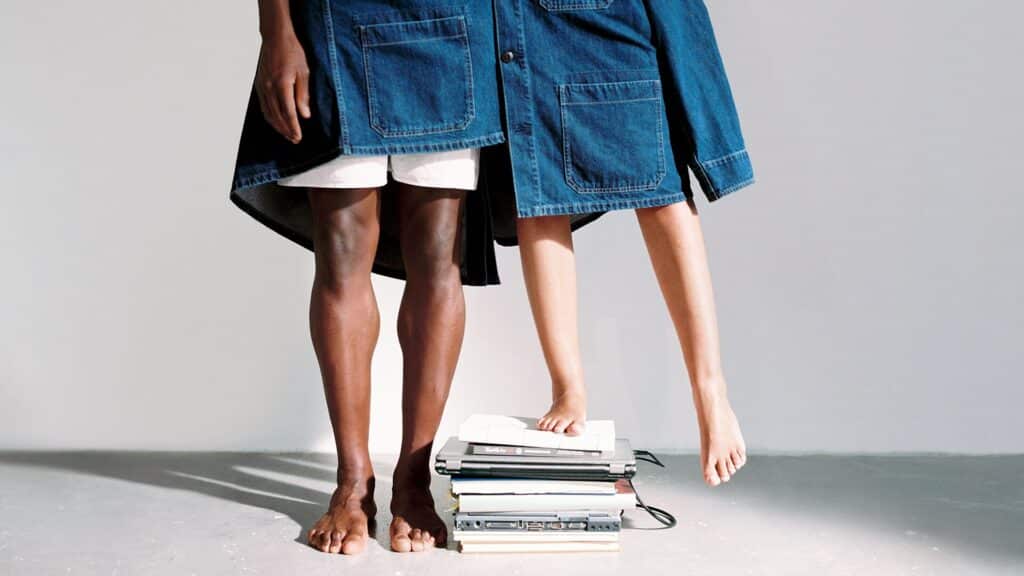With their trademark trial scheduled to begin in New York on Monday, counsel for Hermès and Mason Rothschild will make their opening arguments in a “first instance” case that centers on non-fungible tokens (“NFTs”) tied to images depicting fur-emblazoned Birkin bags. In a pre-trial filing with the U.S. District Court for the Southern District of New York dated January 27, the parties laid out their respective arguments at a high level for the case, which Hermès filed in January 2022, alleging that by way of his promotion and sale of a collection of 100 METABIRKINS NFTs, which “unlawfully use Hermès’s HERMÈS trademark, BIRKIN trademark, and BIRKIN trade dress,” Rothschild has engaged in trademark infringement, dilution, unfair competition, and cybersquatting. Hermès is seeking injunctive relief and monetary damages.
Rothschild “disagrees with how Hermès frames the case,” the order states, with the artist (or “digital specular” depending on which party you ask) arguing that “MetaBirkins is the title of an art project and a series of 100 artworks; it is not a [trade]mark.” Counsel for Rothschild maintains that his adoption and use of the MetaBirkins name is “protected free speech under the First Amendment because the MetaBirkins artworks and associated NFTs are art and commentary on Hermès’ Birkin handbag, and therefore, does not constitute trademark infringement, unfair competition, dilution, or anti-cybersquatting.”
The Polaroid Factors
Setting the stage in the joint order, Hermès states that its infringement and unfair competition claims “turn on the question of whether Rothschild’s use of the BIRKIN trademark in connection with the METABIRKINS NFTs creates a likelihood of confusion,” noting that that assessment will be made by the jury as it considers the Polaroid factors, the test that the Second Circuit uses to gauge the likelihood of consumer confusion. Here, the factors include: “(1) the strength of the BIRKIN trademark; (2) the similarly of the parties’ trademarks; (3) the competitive proximity of the products in the marketplace; (4) the likelihood that Hermès will bridge the gap by moving into Rothschild’s product market; (5) evidence of actual confusion; (6) Rothschild’s bad faith in adopting the BIRKIN trademark; (7) the respective quality of the products; (8) the sophistication of the consumers in the relevant market.”
During the MetaBirkins trial, Hermès says that it will present “substantial evidence on each of the Polaroid factors,” including “consistent use of the BIRKIN mark over the past decades,” “over a billion dollars of sales of the BIRKIN handbag over the last 10 years,” “millions of dollars a year in advertising, which includes advertising the BIRKIN handbag and BIRKIN trademark,” etc.
In terms of “Rothschild’s addition of the generic term ‘meta’ to Hermès’s BIRKIN trademark,” Hermès will argue that such an addition creates “the explicitly misleading impression that Hermès, the only source of BIRKIN handbags, is offering BIRKIN handbags in the METAverse,” confusion that is says “is exacerbated by the appearance of the digital handbag, which uses the BIRKIN trade dress.” Beyond that, Hermès will show evidence of “its plans to ‘bridge the gap’ and enter the metaverse and use NFTs. In fact, Hermès has been developing an NFT strategy for the company since at least 2019, prior to Rothschild’s sale and promotion of the [NFTs], and has previously issued NFTs.”
And in addition to presenting “examples of consumers, industry experts, the press, and Rothschild’s own agents and partners being confused” as to the source/nature of the MetaBirkins NFTs, Hermès intends to offer up survey evidence on the confusion front. A survey conducted by its expert “found net confusion among the NFT audience of 18.7 percent,” per Hermès, which claims that “net confusion this high is evidence of a substantial likelihood of confusion.”
Still yet, Hermès says that it plans to introduce evidence of Rothschild’s “bad faith,” including Rothschild’s own statements, which Hermès contends “make clear that Rothschild: (a) sought to make money by capitalizing on the fame of the BIRKIN trademark; (b) targeted and incentivized individuals to inflate the value of the [NFTs] by ‘shilling’ and ‘pumping’ the price of the [NFTs]; (c) falsely claimed to business associates that he was actively negotiating a partnership with Hermès; and (d) wanted a cease and desist letter from Hermès to attract attention to the [NFTs].”
Dilution & Cybersquatting
Hermès further states that the evidence that it will set forth at trial related to the Polaroid factors also supports its claim for dilution: “The trademarks are highly similar; the BIRKIN trademark is strong and distinct; Rothschild acted in bad faith by adopting the METABIRKINS mark with the intent to create an association with Hermès and the BIRKIN mark; and there has been actual confusion as to the association between the METABIRKINS NFTs and Hermès and its BIRKIN trademark.”
Finally, with request to Hermès’ cybersquatting claim, that requires Hermès show the BIRKIN mark was distinctive at the time METABIRKINS.com was registered; METABIRKINS.com is confusingly similar to the BIRKIN mark; and Rothschild had a bad faith intent to profit from the BIRKIN mark. Against that background, Hermès will argue that “METABIRKINS” is confusingly similar to its BIRKIN trademark and that Rothschild has “acted in bad faith to profit from the BIRKIN trademark.” At trial, Hermès asserts that it will also show that “Rothschild registered METABIRKINS.com on November 7, 2021, over a decade after the BIRKIN trademark was registered with the U.S. Patent and Trademark Office on September 6, 2005.”
Rothschild’s Defense
The crux of Rothschild’s defense to Hermès’ is that the “MetaBirkins – the images, associated NFTs, and name – are creative expression protected by the First Amendment and by well-settled Second Circuit law,” and in accordance with the holding of Rogers v. Grimaldi, Hermès must show that MetaBirkins has no artistic relevance whatsoever, or if it has some, whether MetaBirkins explicitly misleads as to the source of the content of the work.” The standard is “daunting for a good reason,” Rothschild counsel argues, as “our laws permit and encourage artistic expression.”
At trial, Rothschild’s counsel claims that it “will demonstrate that both the content and the name of the MetaBirkins artwork have artistic relevance to the MetaBirkins art project,” with the title of MetaBirkins – including the use of the prefix “Meta” with “Birkin” – sending “a signal to the audience that the images are an artistic comment on Birkin bags and the world of luxury they represent.”
The evidence at trial will also show that “Rothschild did not explicitly mislead as to the source of the work,” the order states. The use of “Birkin” in the title of Rothschild’s art project is “not sufficient to warrant restriction of his artistic expression: it does not make a direct claim about source.” There is “no evidence,” Rothschild’s counsel argues that he attempted to mislead consumers to believe that MetaBirkins is associated with Hermès. “In fact, the evidence is to the contrary,” they assert, with Rothschild “justifiably, always wish[ing] to be credited as the artist behind MetaBirkins: he took care to inform consumers” – and the media – that “he, not Hermès, created the artworks.” Rothschild also added a disclaimer to the MetaBirkins website to “explicitly state that the project was in no way affiliated, associated, authorized, endorsed by, or connected with Hermès.”
A “Quick Look”
Given the applicability of Rogers, counsel for Rothschild argues that the Polaroid factors require only a “quick look to determine whether an artistic defendant’s First Amendment interests should be outweighed,” and that “such a ‘quick look’ here of the eight factors points to the conclusion that Rothschild’s First Amendment interests outweigh any Lanham Act claim.”
According to Rothschild, a “quick look” at the Polaroid factors reveals that: (1) the strength of the Birkin mark actually weighs against a finding of confusion and in favor of artistic relevance, given it is more likely that MetaBirkins would be recognized by consumers as art, outside the scope of Hermès’ product line; (2) MetaBirkins are fanciful 2D pictures of the Birkin bag, not a replication, which use related but different marks for different purposes; (3) MetaBirkins artworks are not “digital knockoffs” of the Birkin handbag; (4) regardless of Hermès’ plans for NFTs, it cannot control the market for artistic references; (5) there is no actual confusion between the 2D MetaBirkins artworks and Hermès’ Birkin bag; (6) Rothschild repeatedly made clear that he was the artist responsible for the MetaBirkins; (7) the quality factor is inapplicable given courts’ reticence to engage in aesthetic discrimination; and (8) given the market prices of the parties’ products, reasonable consumers would carefully consider the entire description of MetaBirkins and form an understanding of the origin of MetaBirkins before purchase.
As to the remainder of Hermès’ claims, Rothschild’s counsel maintains that “the evidence will show that (i) Rothschild’s creation and sale of MetaBirkins artworks is ”noncommercial’ and (ii) the same flaws that plague Hermès’ trademark infringement claims preclude its dilution, unfair competition, and cybersquatting claims.” They further claim that “all of Hermès’ claims focus on the same speech that is protected under Rogers, which rejects the underlying premise of each of Hermès’ claims: that artistically relevant depictions of trademarks can be wrongful in the absence of explicit falsity.”
The case is Hermès International, et al. v. Mason Rothschild, 1:22-cv-00384 (SDNY).














